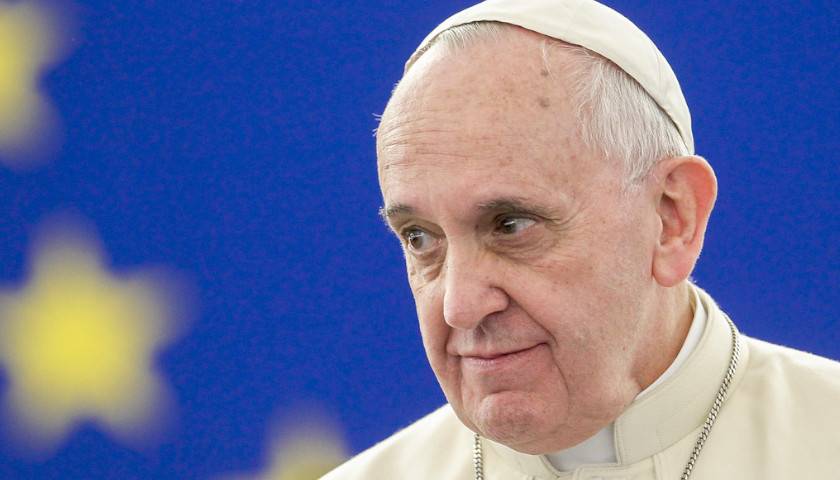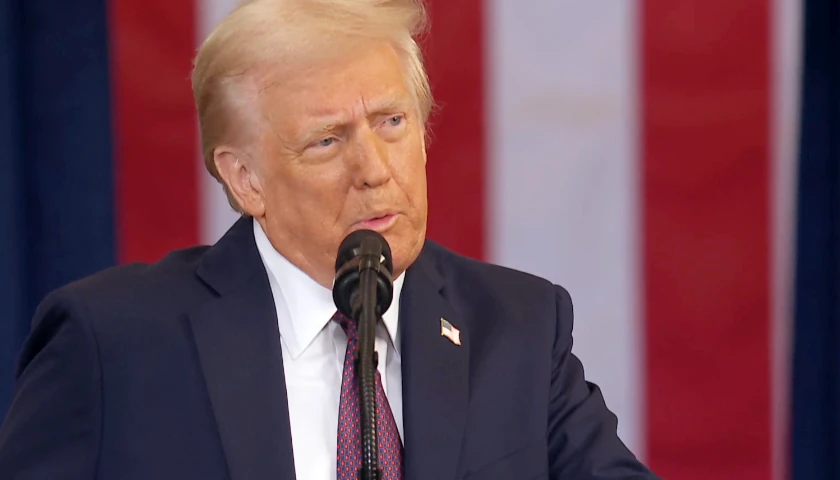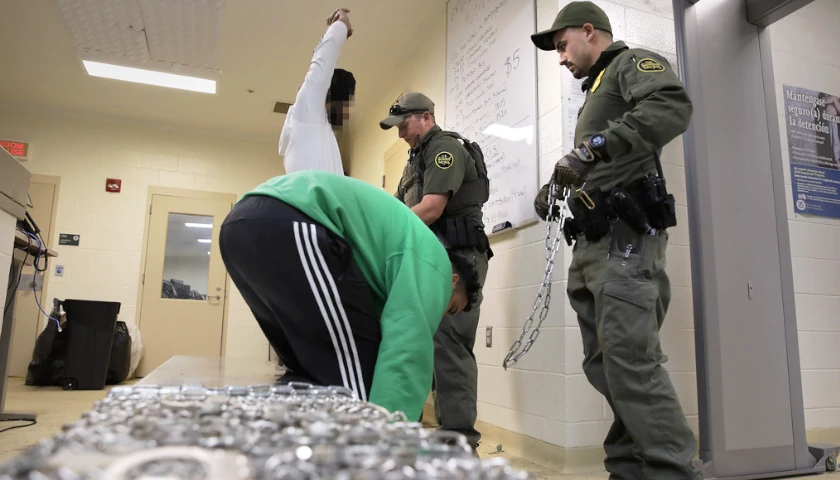by Ambassador Callista L. Gingrich
On September 30, in advance of the Synod of Bishops on Synodality, Pope Francis created 21 new cardinals in St. Peter’s Square. The ceremony to install them, called a consistory, was the ninth during Pope Francis’s pontificate.
Cardinals play an important role in the Catholic Church and serve as principal advisors to the Pope, chief officials of the Roman Curia, and archbishops of major dioceses around the world. Additionally, cardinals under the age of 80 serve as cardinal electors in conclaves.
With 18 of the 21 new cardinals under 80 years old, the College of Cardinals now has 136 members of voting age (excluding Cardinal Patrick D’Rozario, who turns 80 on October 1). Of these cardinals, 98 were elevated by Pope Francis.
Pope Francis has had a significant impact on the composition of the College of the Cardinals since his election in 2013. Throughout his pontificate, the Holy Father has continuously emphasized the importance of the universal church that welcomes and includes those on the “periphery.”
This worldwide focus has been reflected in Pope Francis’s appointments to the cardinalate, with more than 100 cardinals from 60-plus countries receiving the scarlet biretta during his papacy. The diversity of the new cardinals, representing five continents, “expresses the universality of the church, which continues to proclaim God’s merciful love to all people on Earth,” Pope Francis said earlier this year.
Cardinal Pierbattista Pizzaballa, the Latin Patriarch of Jerusalem, said that though he was “surprised” by Pope Francis’s appointment, he is encouraged that it will raise “the voice of Jerusalem.”
Cardinal Robert F. Prevost, prefect of the Dicastery for Bishops, was also among those elevated to the cardinalate. The American cardinal joined the Augustinian mission in Peru in 1985 and later served as prior general of the worldwide order for more than a decade. Cardinal Prevost also served as bishop of Chiclayo, in northern Peru, and apostolic administrator of Callao, Peru. In addition to his current role as the head of the Dicastery for Bishops, Cardinal Prevost also oversees the Pontifical Commission for Latin America.
In an article for Crux regarding the consistory, John L. Allen Jr. wrote that in addition to Cardinal Prevost, “One might say, however, that the American total is more like one and a half, since there’s also French Cardinal Christophe Pierre, the papal ambassador in the United States.”
While serving as U.S. Ambassador to the Holy See, I had the great honor of working with Cardinal Christophe Pierre. His kindness, faithfulness, intellect, and experience inspire and encourage those he encounters.
Cardinal Pierre joined the Holy See’s diplomatic corps in 1977 and has served in nine countries, including as Apostolic Nuncio to Haiti, Uganda, Mexico, and the United States.
Speaking to Vatican News about the news of his appointment, Pierre said, “I saw it as a sign of great trust from the Holy Father. It is, and I see it as, a continuation of my mission. As far as I can understand, I will continue as a Cardinal, but as a Nuncio. So, my job will continue.”
Cardinal Pierre added, “I always consider myself a kind of servant of the local Church, in the name of the Holy Father, in order to help all members of the Church.”
Pope Francis’s creation of 21 new cardinals ahead of the Synod of Bishops on Synodality is a clear sign of the diversity and universality of the Catholic Church.
– – –
For more commentary from Callista Gingrich, visit Gingrich360.com.
Photo “Pope Francis” by Martin Schulz. CC BY-NC-ND 2.0.





